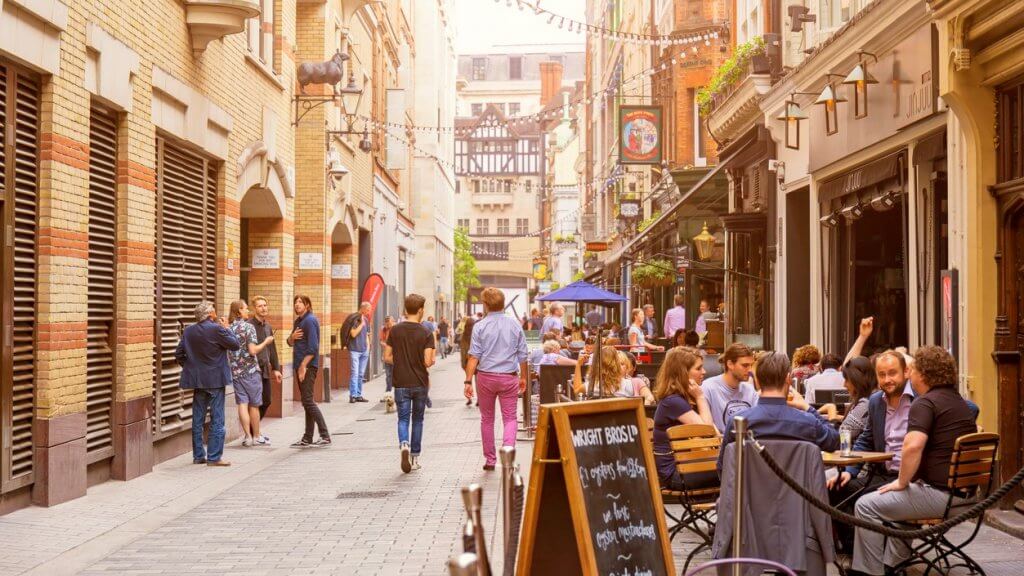How Restaurants Will Adapt To A Post-COVID World

The coronavirus pandemic has shaken up the whole world, it’s true, but it’s also a fact that not all sectors and people have been affected equally. There are some industries that have been hit especially hard, such as the hospitality business.
It’s hard to generate business for companies that rely on face to face interactions when everyone has to stay at home. It’s not just that the coronavirus pandemic has to end for restaurants to move beyond the chaos of the past few months.
They’ll have to work on convincing customers to come back. So how will restaurants adapt to a post-COVID world? Let’s find out.
Protective Measures
There’s no avoiding the fact that restaurants will need to think about introducing robust protective measures if their customers are going to come back to them.
As we mentioned above, customer trust has taken a hit — people are rightly worried about contracting coronavirus, and going to a public space when they could just make food at home? They’ll need assurance that it’s worth it.
The food services industry has already been quick to move on adopting changes that’ll win their customers back. A lack of face-to-face time and solid sanitary practices, both in terms of infrastructure and from the staff, will assure the public that the restaurant is a hygienic and safe space.
No More Cash
There are a lot of benefits to moving away from cash, and towards a contactless future. That’s true for all industries, including restaurants. For starters, it saves time, and it makes it easier to keep tabs on income and stock levels.
It will, of course, also do away with one of the main transmitters of the coronavirus, cash. But this shift away from cash and towards digital payments will last longer than the memory of the coronavirus.
It’ll allow restaurants to create a personalised experience for their customers, especially if there’s a login aspect. Menus, money, preferences, and other data related issues will allow the restaurant to focus on the individual experience.
Moving to Delivery
There’s a lot of people staying at home right now, so why not move to where the people are? Most restaurants have historically been “dine-in” only, but perhaps now’s the time to embrace the delivery option.
We have the technology that makes ordering a meal a breeze, and with people looking to liven up their home experience, many are open to branching out and ordering food from new places.
While it’ll never be the same as the full restaurant experience, it does offer the chance for restaurants to sell food and build interest among new customers.
Boosting Profits
It’s been a tough few months for restaurants. If they’re going to catch up and build up some of their lost profits, then they’ll need to find new sources of revenue.
There are multiple ways to do this, including offering a special lunch menu, offering discount nights, and hosting events. Some restaurants have shied away from these moves, but they may no longer have a choice.




